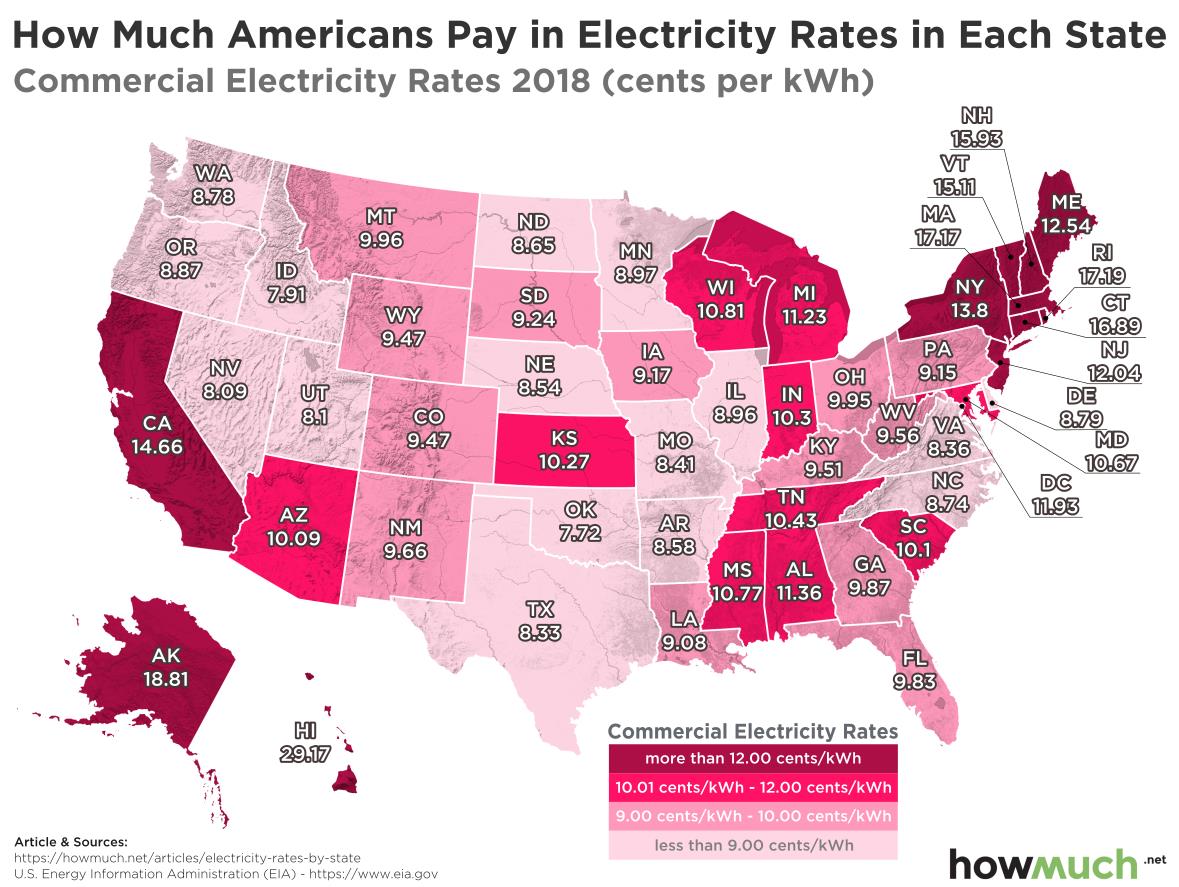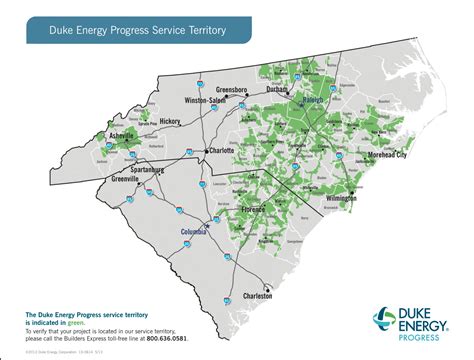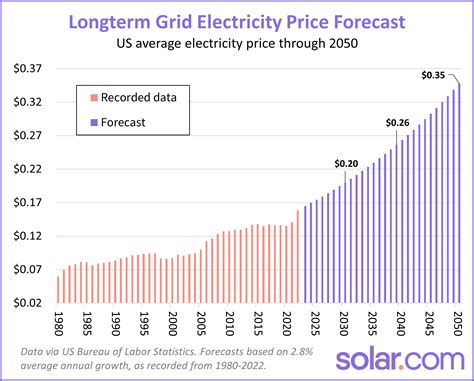The cost of electricity is a significant concern for households and businesses alike, and understanding the power rates offered by different providers is crucial for making informed decisions. Duke Energy, one of the largest electric power holding companies in the United States, serves over 7.7 million customers across six states. In this article, we will delve into the details of Duke Energy's power rates, comparing them to those of other major electricity providers and examining the factors that influence these rates.
Key Points
- Duke Energy's power rates vary by state and customer type, with residential rates ranging from 10.3 cents to 14.5 cents per kilowatt-hour (kWh).
- The company offers various pricing plans, including time-of-use rates, demand rates, and renewable energy options.
- Factors such as fuel costs, transmission and distribution expenses, and regulatory fees contribute to the overall cost of electricity.
- A comparison of Duke Energy's rates with those of other major providers reveals similarities and differences in pricing structures and rates.
- Customers can take advantage of energy-saving programs and incentives to reduce their electricity consumption and lower their bills.
Understanding Duke Energy’s Power Rates

Duke Energy’s power rates are determined by a variety of factors, including the cost of fuel, transmission and distribution expenses, and regulatory fees. The company’s rates also vary depending on the state and type of customer, with residential, commercial, and industrial rates differing significantly. For example, in North Carolina, Duke Energy’s residential rate is approximately 11.3 cents per kWh, while in Florida, the rate is around 12.5 cents per kWh.
Breakdown of Duke Energy’s Power Rates
A closer examination of Duke Energy’s power rates reveals that the company’s pricing structure is designed to reflect the varying costs of generating and delivering electricity. The following table illustrates the breakdown of Duke Energy’s power rates in different states:
| State | Residential Rate (cents/kWh) | Commercial Rate (cents/kWh) | Industrial Rate (cents/kWh) |
|---|---|---|---|
| North Carolina | 11.3 | 9.5 | 7.2 |
| Florida | 12.5 | 10.2 | 8.1 |
| South Carolina | 10.9 | 9.1 | 7.5 |
| Ohio | 11.9 | 10.5 | 8.5 |
| Indiana | 12.1 | 10.8 | 8.8 |
| Kentucky | 10.3 | 9.3 | 7.8 |

Comparison with Other Major Electricity Providers

A comparison of Duke Energy’s power rates with those of other major electricity providers reveals both similarities and differences in pricing structures and rates. For example, Exelon’s residential rate in Illinois is approximately 13.4 cents per kWh, while Dominion Energy’s residential rate in Virginia is around 11.9 cents per kWh. The following table illustrates a comparison of power rates among major electricity providers:
| Provider | State | Residential Rate (cents/kWh) | Commercial Rate (cents/kWh) | Industrial Rate (cents/kWh) |
|---|---|---|---|---|
| Duke Energy | North Carolina | 11.3 | 9.5 | 7.2 |
| Exelon | Illinois | 13.4 | 11.2 | 8.9 |
| Dominion Energy | Virginia | 11.9 | 10.3 | 8.2 |
| Southern Company | Georgia | 12.2 | 10.6 | 8.5 |
| Ameren | Missouri | 10.9 | 9.4 | 7.9 |
Factors Influencing Power Rates
Several factors contribute to the overall cost of electricity, including fuel costs, transmission and distribution expenses, and regulatory fees. Fuel costs, which account for approximately 60% of the total cost of electricity, are subject to fluctuations in global energy markets. Transmission and distribution expenses, which include the costs of maintaining and upgrading the grid, also impact power rates. Regulatory fees, such as those imposed by state public utility commissions, can add to the overall cost of electricity.
What are the primary factors that influence Duke Energy's power rates?
+The primary factors that influence Duke Energy's power rates include fuel costs, transmission and distribution expenses, and regulatory fees.
How do Duke Energy's power rates compare to those of other major electricity providers?
+Duke Energy's power rates are competitive with those of other major electricity providers, although rates can vary depending on the state and type of customer.
What energy-saving programs and incentives are available to Duke Energy customers?
+Duke Energy offers a range of energy-saving programs and incentives, including rebates for energy-efficient appliances and lighting, as well as demand response programs that reward customers for reducing their energy consumption during peak periods.
In conclusion, Duke Energy’s power rates are influenced by a complex array of factors, including fuel costs, transmission and distribution expenses, and regulatory fees. By understanding these factors and exploring alternative pricing plans and energy-saving options, customers can optimize their electricity costs and reduce their environmental impact. As the energy landscape continues to evolve, it’s essential for customers to stay informed about changes in power rates and energy-saving opportunities.



